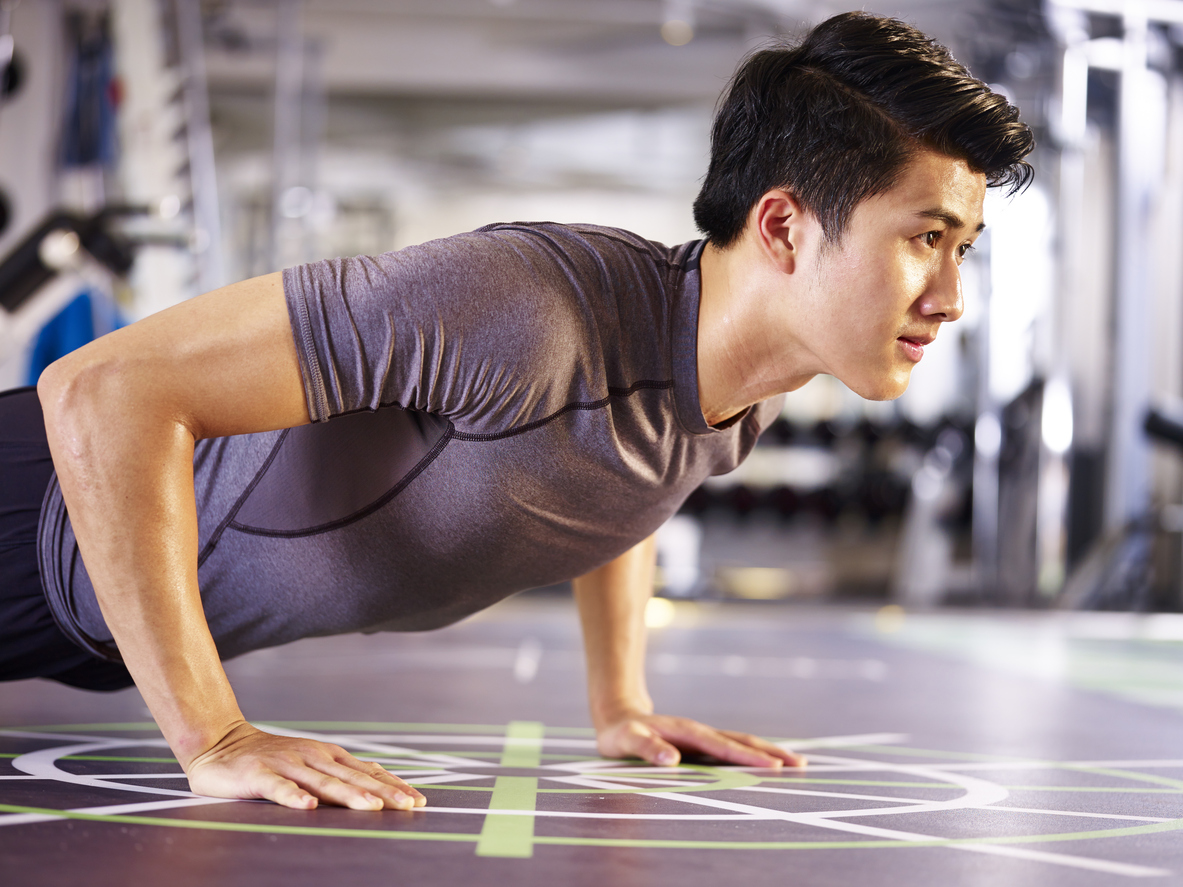Apart from increasing the length of your practice runs, things like interval training and the right nutrition can help boost your stamina too.

TEXT: ALYWIN CHEW
PHOTOS: ISTOCK
You may be a speed demon when it comes to the 2.4km run, bagging a gold at your IPPT without breaking a sweat. But conquering the annual HomeTeamNS REAL® (Regular Exercise, Active Lifestyle) Run (10km and 21km; www.hometeamns.sg/realrun/) that will take place on October 21 would be a different ball game altogether.
While strength and speed are key factors in 2.4km run performance, marathons require more stamina, which is built up over time.
SUPT (NS) Terence Choo (right), ultramarathon enthusiast and chairman of HomeTeamNS’s REAL® Run 2018 committee recommends throwing in some longer runs as part of your stamina training. “You should be running twice a week or more for training. Aim for 8 to 15 km per week at an easy running pace,” he says.

Here are more tips that will help you to improve your long distance run timing.
You’re going to need more stamina than speed for tackling long distances. Unless you’re Captain America, you probably can’t run distances of 10km or more at the pace used in the 2.4km run. To build stamina, increase your mileage gradually.
Choo says that you should try adding 10 to 20 percent of additional distance each week to your runs.
While stamina is important, don’t neglect everything else. Choo says it is also important for runners to incorporate shorter, more intense interval workouts for holistic training. Exercises like squats, push-ups and core conditioning would also help with maintaining good running form.

You probably would have heard of the term “carbo loading”, whereby runners tank up on carbohydrate-rich foods such as pasta and roti prata the night before their run. However, Choo recommends exercising prudence. “Carbo-loading works for distances longer than 21km. Some level of carbo-loading could be helpful if you are looking to clock a personal best timing for the 21km run, but you don’t need to do so for the 10km run,” he says.
Having good running posture, which means keeping your torso upright while leaning forward slightly, will help with energy conservation, which is vital in long distance running. Train to land each stride on your mid-foot instead of the heels as this reduces the impact on your joints. Bad technique could result in back and leg pains which would affect your run.

Scientists have discovered that we have varying degrees of tolerance towards dehydration. Determine your own threshold by experimenting with how much you need to consume during your training runs. If you get hit with cramps during the run, it’s a clear sign that you’re not drinking enough.
Not all feet are the same, and the same goes for running shoes. Just because that new shoe on the store shelf looks awesome doesn’t mean it’ll be great for you. To get the best armour for your feet, determine your running gait and have your foot type analysed at a running shoe store.

Do not hit the showers immediately after completing a long run. Take a slow jog for up to 10 minutes and stretch those muscles. It’s also recommended that you consume a meal within 30 minutes of ending your run. Be sure to include a good mix of carbohydrates, proteins and fats into the meal.

